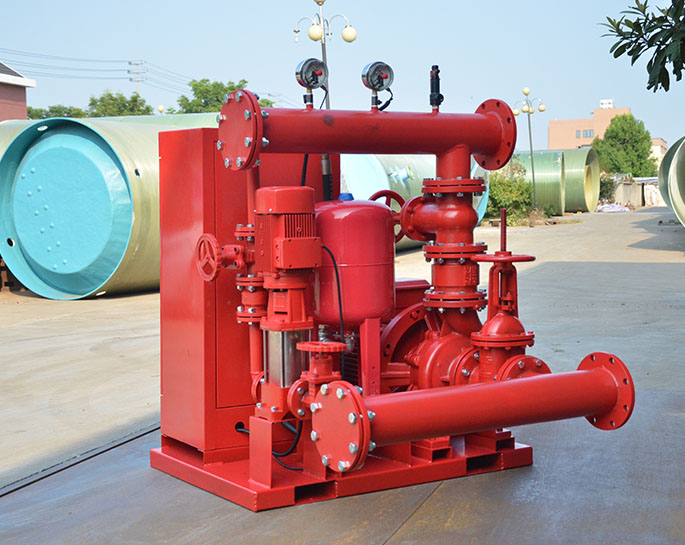Causes of fire pump seal failure
Fire pump seal failure can lead to leaks, reduced pump efficiency, and potentially catastrophic consequences during a fire emergency. There are several common causes of fire pump seal failure that should be addressed to maintain the reliability and performance of the pump:
-
Improper Installation: Incorrect installation of the seal, such as improper alignment or inadequate sealing surface preparation, can lead to premature seal failure.
-
Excessive Wear: Over time, the mechanical seals can wear out due to friction between the rotating and stationary components. This wear can result from high operating temperatures, abrasive substances in the fluid being pumped, or inadequate lubrication.
-
Abrasive Fluids: If the fluid being pumped contains abrasive particles or contaminants, it can accelerate wear on the seal components, causing failure. Regularly monitoring and filtering the pumped fluid can help prevent this issue.
-
Excessive Heat: High operating temperatures can degrade the materials of the seal, leading to reduced elasticity and an increased risk of failure. Ensure that the pump operates within its specified temperature range and that adequate cooling mechanisms are in place.
-
Incorrect Material Selection: Choosing the wrong seal materials for the specific application can lead to chemical compatibility issues, corrosion, and accelerated wear. Select seals that are designed to handle the properties of the pumped fluid.
-
Inadequate Lubrication: Seals require proper lubrication to operate effectively and minimize friction. Lubrication breakdown or insufficient lubrication can lead to seal failure.
-
Pressure and Temperature Variations: Extreme variations in pressure and temperature within the pump can stress the seal and cause it to fail prematurely. Properly designed and maintained pressure relief systems can help mitigate this risk.
-
Excessive Shaft Movement: Excessive axial or radial movement of the pump shaft can place undue stress on the seal, leading to failure. Properly aligning the pump components and addressing any shaft movement issues is essential.
-
Improper Maintenance: Neglecting routine maintenance, including seal inspections, lubrication, and replacement at recommended intervals, can increase the likelihood of seal failure.
-
Water Hammer: Rapid changes in pressure within the pump system, such as water hammer effects, can exert excessive forces on the seal and lead to damage or failure. Install surge protection devices to reduce the risk of water hammer.
-
Vibration and Misalignment: Excessive vibration or misalignment of pump components can cause wear and tear on the seal, increasing the risk of failure.
-
Age and Fatigue: Over time, seals can deteriorate due to aging and fatigue, even with proper maintenance. It's essential to replace seals before they reach the end of their service life.
To prevent fire pump seal failure, it's crucial to follow manufacturer recommendations for seal maintenance and replacement, ensure proper installation and alignment, use suitable materials for the pumped fluid, and conduct regular inspections to detect any early signs of wear or damage. Additionally, maintaining the fire pump according to a rigorous maintenance schedule and adhering to industry standards and regulations can help ensure the reliability of the system.


.png)
.png)

.png)


